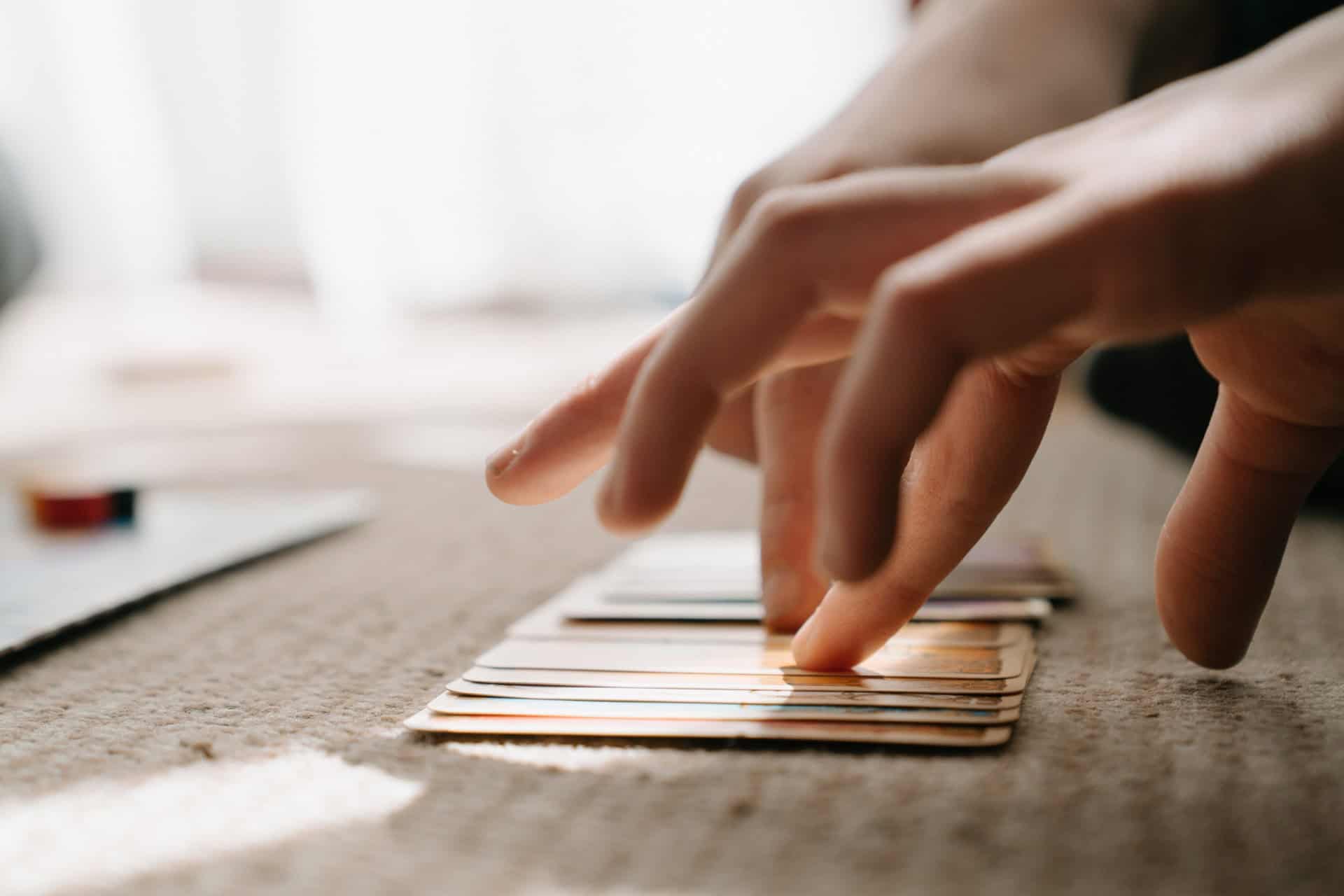Mastering the Mind: The Psychology of Board Game Design and Cognitive Biases Impact on Player Behavior
Introduction: The Fascinating Fusion of Psychology and Board Games
Imagine a world where you have the power to predict the actions of your players, to manipulate their strategies, and guide their decision-making. Sounds intriguing, doesn’t it? That’s the power of psychology in board game design! But why should we care about cognitive biases and how can they influence player behavior? Let’s unveil the mysteries.
The Allure of Cognitive Biases: The Hidden Players
Cognitive biases are the little quirks in our thinking that can dramatically affect how we perceive and interact with the world. In board games, these biases become silent players, subtly influencing strategies and outcomes. By understanding these invisible actors, you can design games that are not only engaging but also tap into deep psychological mechanisms.
“If we understand the mechanism and motives of the group mind, it is now possible to control and regiment the masses according to our will without their knowing it.” – Edward Bernays
Anchoring Bias: The First Impression Counts
The Anchoring Bias is our tendency to rely heavily on the first piece of information (the “anchor”) we encounter. In the realm of board games, the rules and initial setup can serve as anchors, shaping players’ strategies and decision-making throughout the game. Capturing players’ attention from the get-go and guiding their subsequent actions can make your game an instant hit!
Confirmation Bias: Reinforcing What We Believe
Confirmation Bias compels us to seek, interpret, and remember information that confirms our pre-existing beliefs. Players under the influence of this bias might stick to strategies that have led them to victory in the past, even if other, potentially more effective strategies are available. Understanding this can help you design games that challenge these ingrained beliefs and promote strategic diversity.
Loss Aversion: The Fear of Losing
Loss Aversion reflects our innate tendency to prefer avoiding losses over acquiring equivalent gains. Players might be reluctant to take risks in the game for fear of losing, even when the potential gains significantly outweigh the potential losses. Leveraging this bias in your game design can lead to tension-filled moments that keep players on the edge of their seats.
“Take calculated risks. That is quite different from being rash.” – George S. Patton
Prototyping: Testing Cognitive Biases in Action
Prototyping provides an opportunity to observe these cognitive biases in action, and make necessary adjustments. Playtesting allows you to see if the biases are influencing player behavior as expected, and to ensure the gameplay experience aligns with your vision.
Final Thoughts: The Power of Psychology in Board Game Design
Understanding cognitive biases can transform your board game design process, giving you unprecedented insight into player behavior. By strategically leveraging these biases, you can craft experiences that are profoundly engaging and offer players new insights into their own thought processes. So, as you venture into your next design, remember the power of the mind and how you can turn cognitive biases to your advantage.
Remember to subscribe to our exclusive email group for more insights into board game design, psychology, and more.
FAQs
What is the role of psychology in board game design?
Answer: Psychology plays a crucial role in board game design. It helps designers understand players’ behaviors, decision-making processes, and the influence of cognitive biases. This understanding can enhance the gaming experience and keep players engaged.
How does Anchoring Bias influence board game design?
Answer: Anchoring Bias is the tendency to rely heavily on the first piece of information we encounter. In board games, this can be the initial setup or rules which shape the players’ strategies and decisions throughout the game.
How can understanding Loss Aversion improve a board game’s design?
Answer: Understanding Loss Aversion, the innate tendency to avoid losses rather than acquiring equivalent gains, can help in designing games with tension-filled, exciting moments. It allows designers to incorporate strategic elements that exploit this fear of loss, increasing the game’s thrill factor.
Keywords: Board Game Design, Psychology, Cognitive Biases, Player Behavior, Anchoring Bias, Confirmation Bias, Loss Aversion, Prototyping
References: Psychology Today, The New Yorker, Cognitive Biases in Board Game Design, Edward Bernays, George S. Patton
It reminds me of a time when I created a small board game for my friends. In the initial playtests, I noticed they’d gravitate towards strategies that were successful in the early rounds, even when those strategies were no longer optimal. It was like witnessing Confirmation Bias in action—a fascinating glimpse into the subtle yet profound influence of psychology on our decision-making processes.



